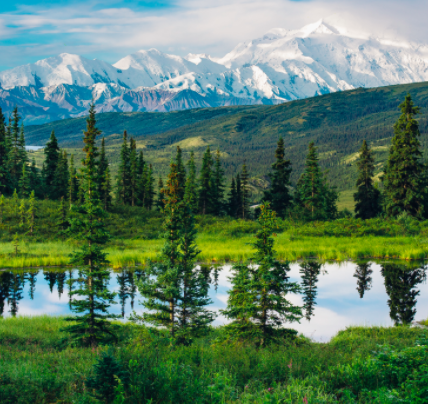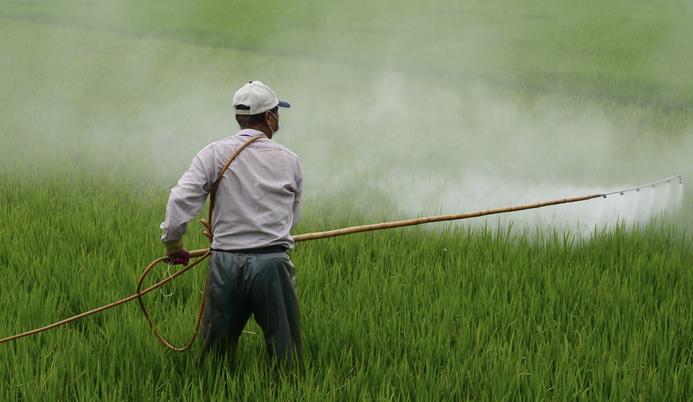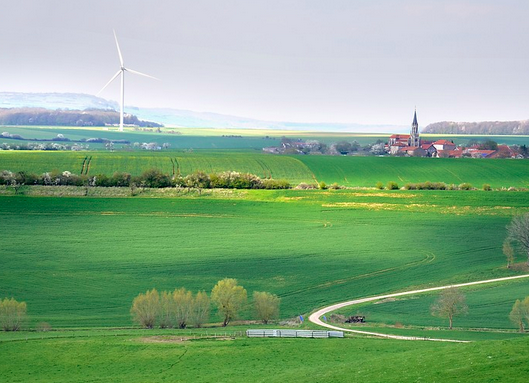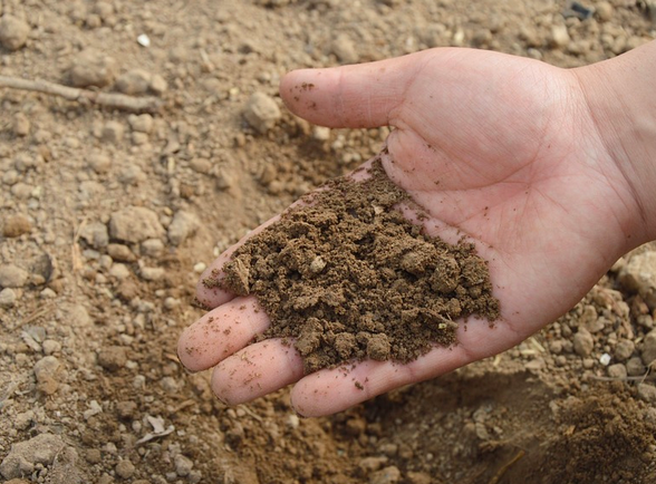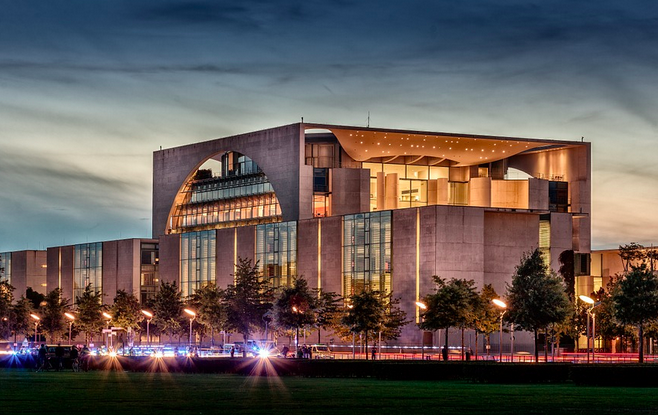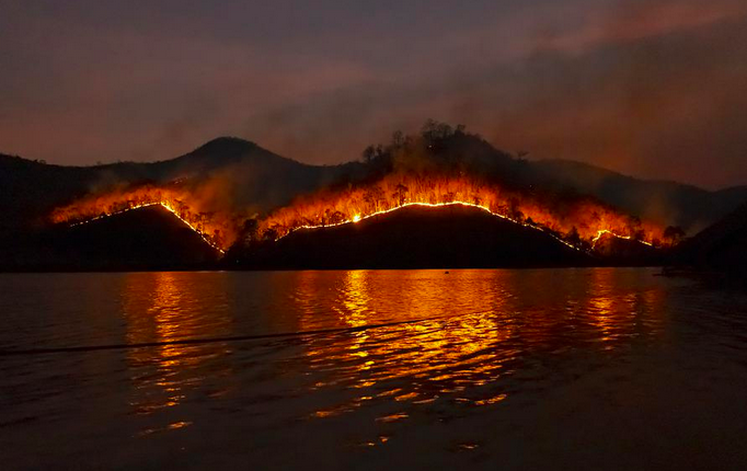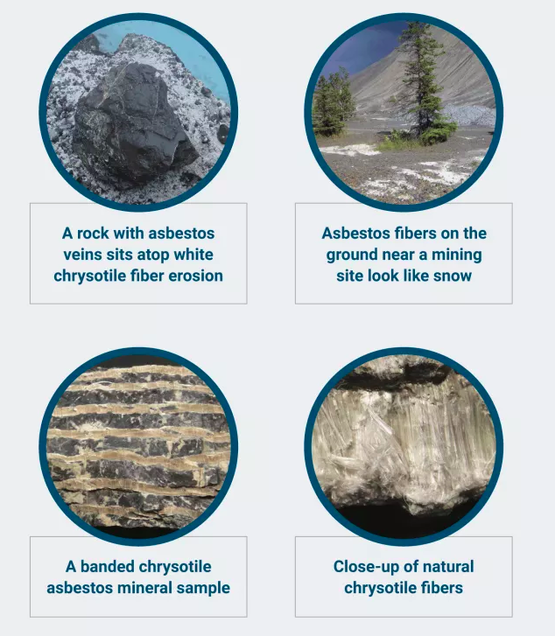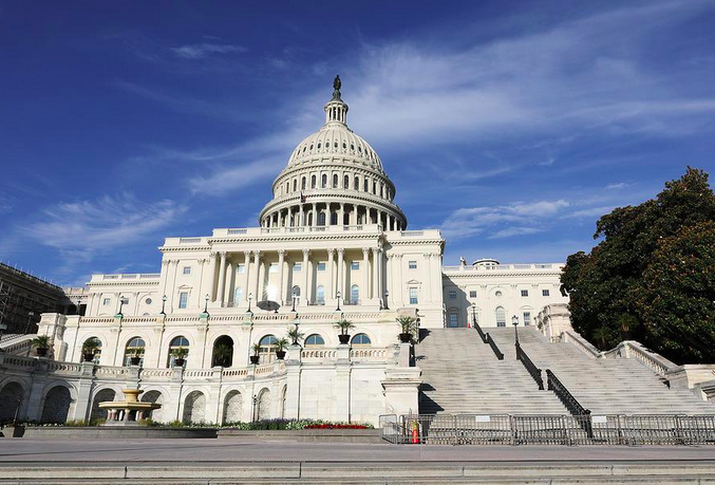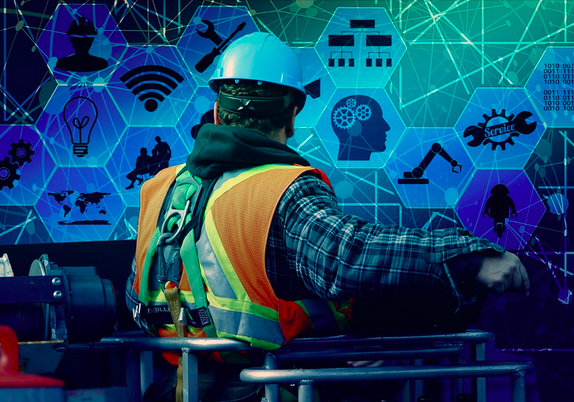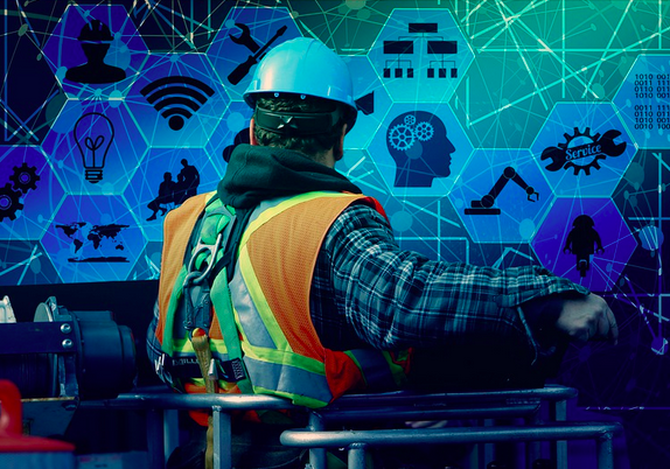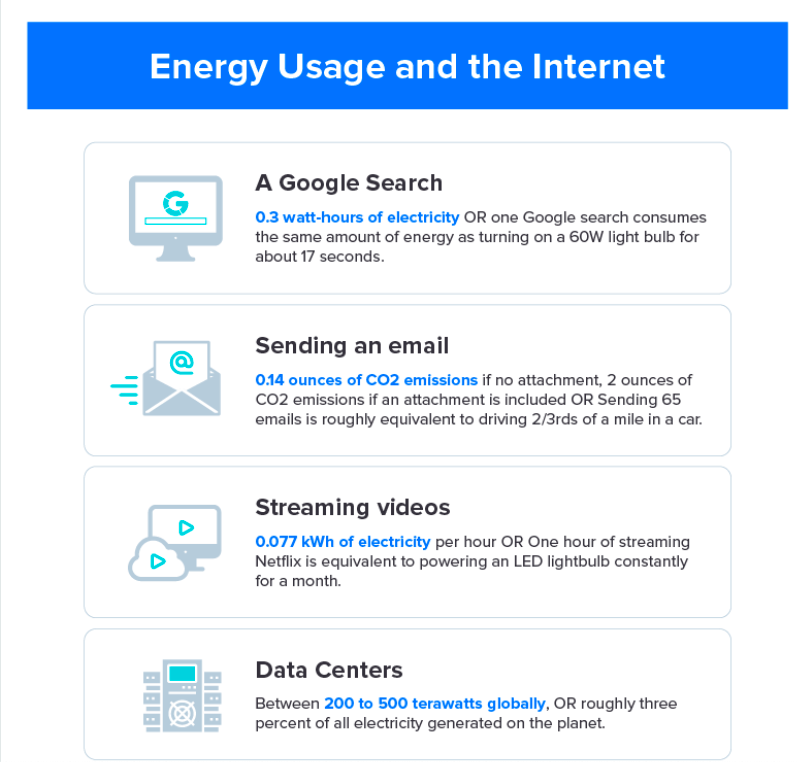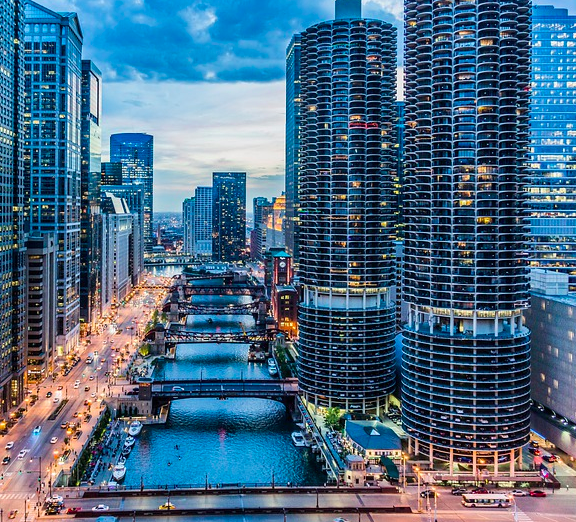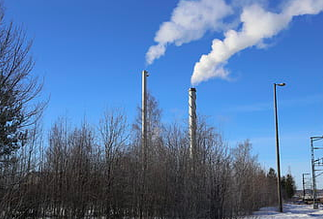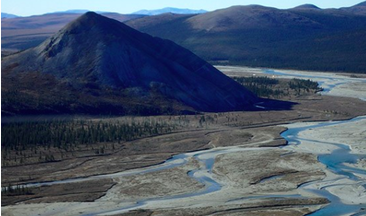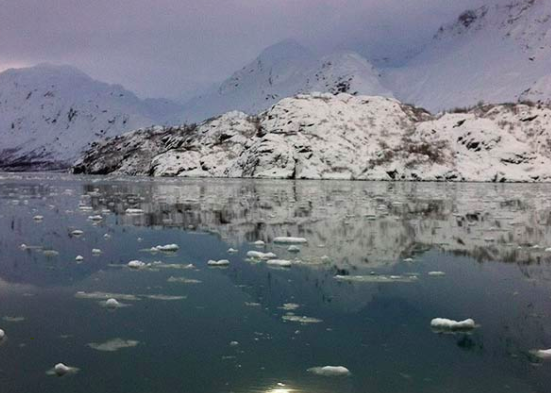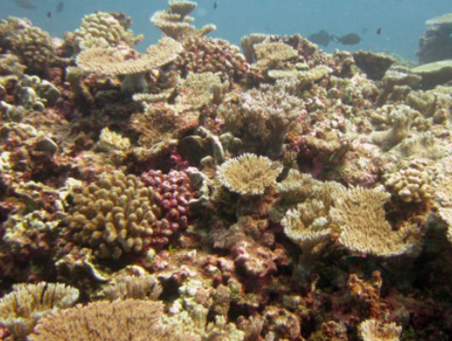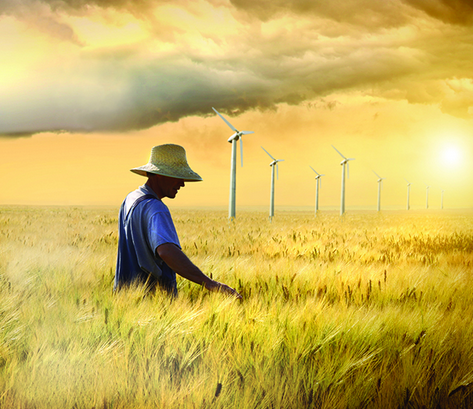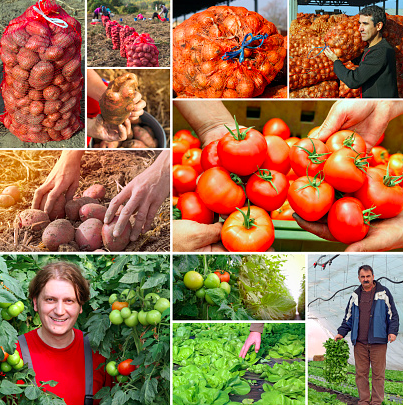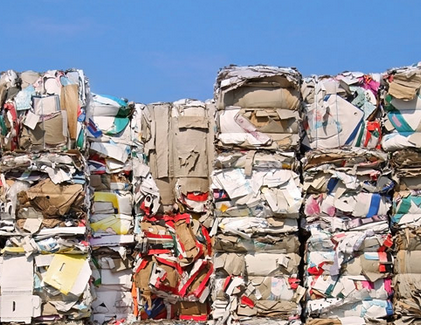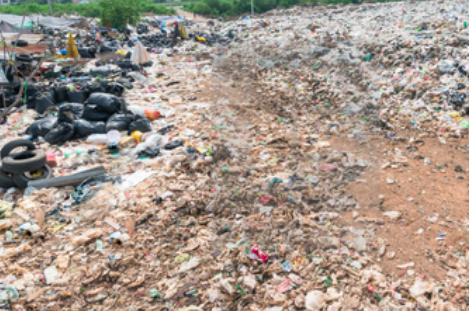Global ENVIRONMENTAL Concerns
This page states focuses on environmental topics and global concerns that we must increase our understanding of. It also highlights the impacts of climate change from a variety of lenses. On the Action for the Environment tab, you can find solutions for how you can help on these issues. If you have a particular interest on one issue, research and learn more about it and check out the Action for the Environment tab. Living in North Carolina? Don't forget to check out the Major NC issues tab.
* Please note there are more environmental concerns worldwide than these; these are just some topics that have interested me for a long time and are also topics where every one of us can make an impact.
* Bold words or phrases present key words/topics. Posts are ordered in a blog format; they are chronological with the newest posts at the top. Most of the Zoom webinars and information session recordings have been hosted after the posts have been available on Our Beautiful Earth.
* All images labeled for reuse
Ideas courtesy of RenewableResourcesCoalition.org
* Please note there are more environmental concerns worldwide than these; these are just some topics that have interested me for a long time and are also topics where every one of us can make an impact.
* Bold words or phrases present key words/topics. Posts are ordered in a blog format; they are chronological with the newest posts at the top. Most of the Zoom webinars and information session recordings have been hosted after the posts have been available on Our Beautiful Earth.
* All images labeled for reuse
Ideas courtesy of RenewableResourcesCoalition.org


